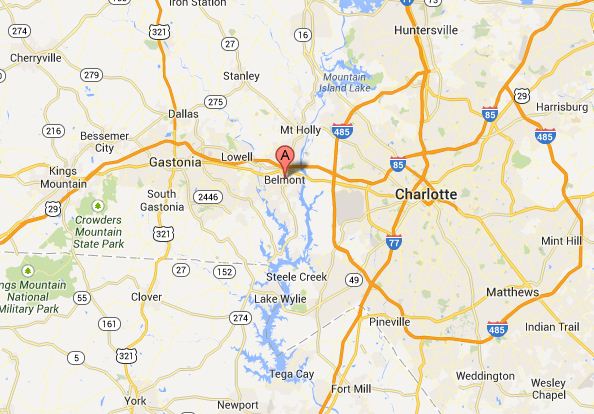 |
| Lauren Blackburn |
Perhaps, the most important strategy to building a more
efficient bicycle and pedestrian transportation system is leveraging and
maximizing funding to construct priority projects. Traditional funding sources,
such as federal transportation appropriations, are shrinking and changing.
Meanwhile, the need for bicycle and pedestrian improvements in North Carolina
is increasing.
Check out the following highlights from new federal and state
transportation funding programs, as they may affect bicycle and pedestrian
projects. Look to future newsletters for more in-depth information.
FEDERAL FUNDING: Effective as of October 2013, new
transportation legislation called the Moving Ahead for Progress in the 21st
Century Act (MAP-21) contains a new funding program called the Transportation
Alternatives Program (TAP). The TAP program is very similar to the
Transportation Enhancements program in previous transportation authorizations,
but there are some differences of significance to North Carolina DOT and local
government partners. North Carolina will
use TAP funds on a variety of bicycle and pedestrian improvements, but the
funding can also be used on a variety of other eligible activities. Projects
must be submitted by local governments or other local sponsors, and require a
20% match.
FHWA has released guidance and Q&A documentation on TAP.
STATE POLICY: There
are several connections between how TAP funding will be administered in North
Carolina and the new state law directing all capital transportation
investments.
The Strategic Transportation Investments (STI) formula was
signed into law in June 2013. The new law will realign funds toward projects
selected through a data-driven process. A new slate of projects will be
selected, starting in early 2014, using a prioritization process for
programming in FY 16 and beyond. This new formula prescribes the process for
selecting bicycle and pedestrian projects to be built using federal dollars.
Criteria such as safety, connectivity to important community destinations, and
project readiness are used to score bicycle and pedestrian projects in the
formula. The new state law prohibits NCDOT from applying state dollars as a
match to federal funding to most bicycle and pedestrian projects, but bicycle
and pedestrian improvements as part of a roadway or bridge project can still
receive state funding.





